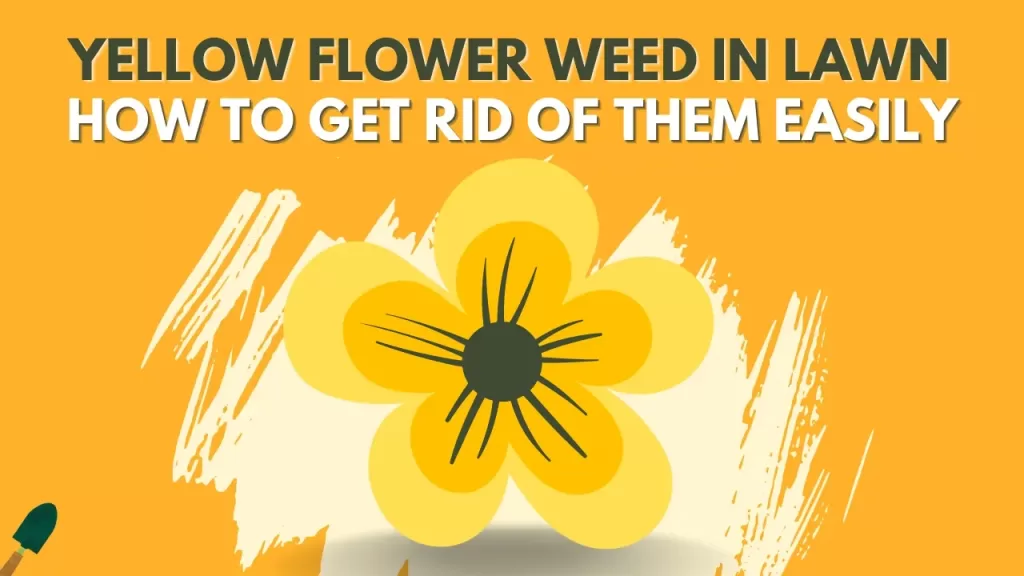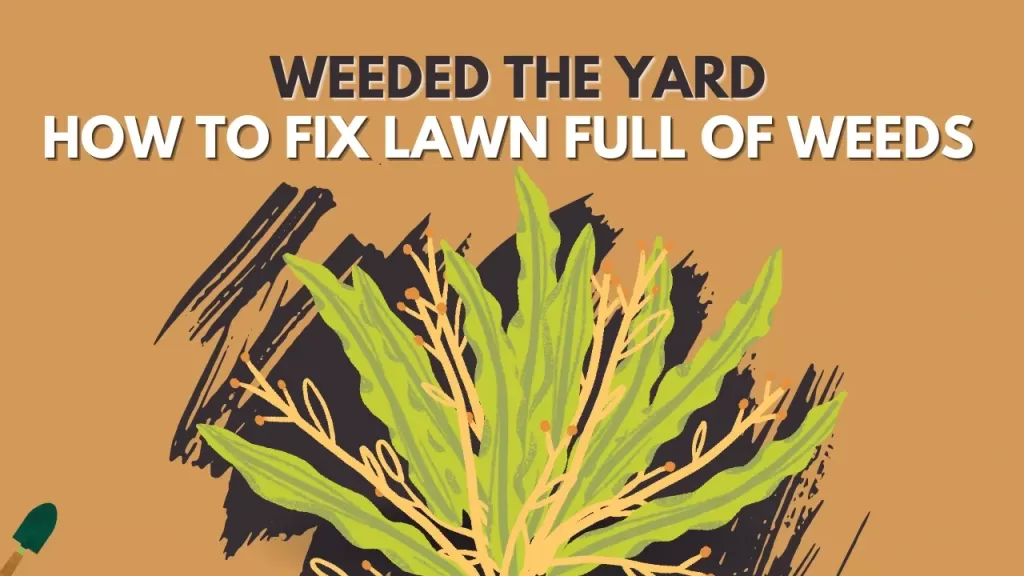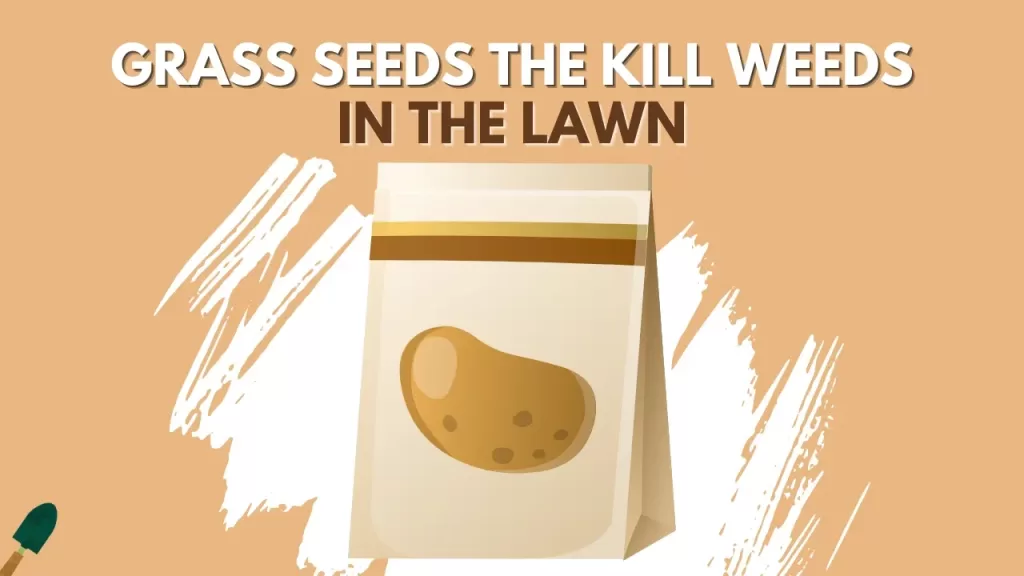Are you seeing some blue flower plants growing on your lawn with the grass? And if you think it’s some beautiful flower plant growing in your lawn then you are going to ruin your lawn as it can be a blue flower weed that can take over your lawn.
The blue flower you are seeing on your lawn can be blueweed (Echium vulgare), Forget me not, green alkanet, germander speedwell, blue morning glory, or Hybrid bluebell. The most common blue flower weeds found in the lawn are Forget-me-not and germander speedwell.
Now you know all the blue flower weeds growing on your lawn and which are the most common ones. Now let’s talk about these weeds in detail and how you can prevent them in your lawn.
The blue flower weed which we are going to talk about are:
- Forget-me-not
- Blueweed
- Green Alkanet
- Bluebell
- Blue Morning Glory
Forget me not
Forget-me-not or Myosotis scorpioides is a perennial flower plant that can grow mostly everywhere. Some gardeners grow forget-me-nots for their beautiful flowers. The flower blooms from April to October. The forget-me-not likes to grow in dry soil and needs sunlight but can grow in bad condition soil where other plants and grasses could not grow and threaten native plants. Once it thrives in your lawn, controlling forget-me-not can become a really big challenge to eliminate it from your lawn. You will find forget-me-not in shady fields, lawns, meadows, woodlands, and coastal forests.
Specifications
- Perennial plants but some species can be annual plants.
- Blue flower blooming in the middle
- Forget-me-not is an invasive plant.
How To Get Rid Of Forget-me-not In Your Lawn?
Forget-me-not is a very tough plant to get rid of in your lawn and can take a lot of effort and time to eliminate fully from your lawn as it can grow in any place from bad lawn to dry soil.
If you have a small amount of this weed in your lawn then you can pull it out by hand, as forget-me-not is very easy to remove from the soil. Be careful when you are pulling out this weed as it can sprout back if you leave any part of the plant behind or if you spill the seeds from the flower in the soil.
If your lawn is full of forget-me-not then chemical control is the way to go as doing it manually will be a very difficult task. Herbicide containing glyphosate is effective in killing forget-me-not. Take really care when you apply glyphosate herbicide, although it’s safer than other herbicides but can be toxic and harm you and your children.
Blueweed (Echium vulgare)
Blueweed is a biennial plant, which has been grown as an ornamental plant in the past. It has a long taproot system and grows about 30 to 40 inches tall. Blueweed contains pyrrolizidine alkaloids which are toxic to livestock and humans and contact of skin with the leaves or stem can also itch. The leaves are lance-shaped and both the stem and leaves also have hairs. Blueweed as the name suggests produces blue flowers blooming from June to August and one plant produces around 2500 to 3000 seeds which can be a lot to populate a single lawn and can be a headache for the lawn owner.
How To Get Rid Of Blueweed From The Lawn?
Small infestations of blueweed in your lawn can be removed manually. Moist the soil and then dig out the plants from the soil completely with roots. If the roots are well established then it will be very difficult to remove them manually.
Carefully collect all the weed and dispose of it off without leaving any parts behind to prevent them from re-establishing.
If your lawn is full of blueweed, then using chemical herbicides containing glyphosate ( Roundup Pro, Eliminator Weed, or Grass Killer, etc.) can be effective in eliminating blueweed from your lawn.
Spot spray the herbicide only on the weed and wait for 2-3 days for it to work. After a week or two, all the weeds will die and you can remove them with the help of a rake.
Try to avoid spraying chemical herbicides on other plants in the lawn as it can damage them as well.
Timing – the best time to apply herbicide to the roots is in the bud stage before the blooming starts from June to September. If the plant has produced seed after the blooming then next year you are going to see little blue weeds in your lawn.
Green Alkanet
Green alkanet (Pentaglottis) also known as evergreen bugloss is a perennial weed natively from Western Europe. It comes from the borage family-like bluebell, and forget-me-not. Green alkanet grows in moist or damp soil with shaded areas. The blooming period of the blue flower begins in late spring. The green alkanet weed has a deep taproot system that can resprout.
Specifications
- Grows up to 3 feet tall
- Have square and hairy stem
- Broadleaf plant with oval leaves and pointed tips
How To Get Rid Of Green Alkanet?
Green alkanet reproduces by seed and its root. So eliminating green alkanet from your lawn is a very difficult task as if any seeds in the soil are left or if you didn’t pull out the whole root system then it can grow back very easily.
If you want to remove it manually then deep digging and removing all of the plants are very crucial or all your efforts will go in vain.
If you want to eliminate green alkanet without pulling it out then the best way is to apply glyphosate herbicide on the weed. Apply the herbicide directly to the weeds and try to avoid applying it to other areas or plants which you want in your lawn. You will see the effect in 2 to 3 days when the weed will start turning brown. Rake the lawn and remove all the dead weeds.
After your lawn is free from the weed, apply a pre-emergent herbicide to make sure that there is no seed germination, which can cause problems in the future.
Germander Speedwell
Germander speedwell is a perennial plant that has rhizomes to germinate and grow. The Germander speedwell is a very hardy plant that can grow in every condition from bad soil to poorly maintained lawn. It can also grow on waste sites wherever it can find some soil.
This weed is also common in grassy areas such as hedgerows and verges.
The germander speedwell usually grows up to 50cm tall and has a very broad root system which can be very difficult to remove from the lawn.
Specifications
- Oval-shaped leaves with tooths that are dull green in colour and hairy.
- Leaves are between 10 to 25mm in length
- Blue colour flowers bloom between May and August and have four petals.
How To Get Rid Of Germander Speedwell?
Germander speedwell is a very tough weed to remove from your lawn as it grows in two ways, first with the seeds produced by the blue flowers, which can spread in your lawn very easily through animal, wind, or rain, and the second way it grows is with the help of rhizomes. So if you see this weed in your lawn then go with the chemical method because it has a very vigorous root system which is very hard to remove fully from your lawn.
Apply herbicide directly to the weed and avoid spilling the herbicide on other plants as it can damage them. You will see the result in 2 to 3 days when the weed starts to turn brown and then dead. Remove it carefully without leaving any parts behind and without spilling any seeds.
Apply pre-emergent herbicide to your lawn to avoid unwanted seed germination.
Bluebell
Bluebells may seem like a beautiful blue flower growing in your lawn which is spreading very easily in your lawn covering all the bare spots in your lawn. But hybrid bluebells, as they establish themselves in your lawn, are very hard to control or eliminate in your lawn, and this is the main reason it is considered weeds. The bluebell weed also grows in the same way as other flowering weeds with rhizomes and seeds and that makes this weed very hard to remove from your lawn.
Specifications
- Blue flowers blooming in the middle contain seeds for future germination.
- Bluebell weeds can grow 1 to 4 meters wide and can occupy your lawn very quickly.
- The flowers bloom in spring and can sometimes be pink or white in colour.
- It needs support to grow tall and can grow up to 4 meters if it gets the proper support.
How To Get Rid Of Bluebell Weed From Your Lawn?
The bluebell weed is also a very tough weed to eliminate from the lawn but there is a way which if you do properly can eliminate it properly from your lawn. If your lawn has a small amount of bluebell weed in your lawn then you can dig up around the plant and remove it by pulling the bulb which produces roots. After removing it, dry it and pack it in a disposable bag, and put it in the corner. Bluebell is a plant which if you put it in a compost bin, it can start to grow back there.
If you don’t wanna do it manually then use herbicide containing glyphosate to eliminate it from your lawn, but don’t put it in the compost after the application as some part of the plant can start the germination of the plant.
Can Bluebell Weed Kill You?
Bluebell weeds contain toxic glycosides, which are poisonous to humans and animals, including dogs and other pets in your house. Eating any part of the bluebell, whether leaves, flower, or stem can cause nausea, diarrhoea, and vomiting and the person can have a slow pulse rate due to this but the bluebell won’t kill you. Bluebells can also cause itching to the skin if came in contact with the plant.
Blue Morning Glory
Blue morning glory (Ipomoea Indica), also known as Blue dawn flower, blue bindweed, blue convolvulus, or morning glory. It usually grows in tropical areas and spreads very fast on your lawn once it starts to grow. It is a drought-resistant plant that can survive cool as well as hot conditions and can grow in both dry and damp soil. As you can see this is a very hardy weed that can survive probably any condition and thrive there. It can also grow around different plants and then eventually kill other plants. So if you are seeing blue morning glory on your lawn then probably your lawn getting destroyed by it is very obvious. This weed also has the ability to climb to the top of a high canopy making this the dominant vine wherever it occurs.
Take action very quickly to eliminate it from your lawn or it will kill other wanted plants and grass from your lawn.
Specifications
- Rhizomes system to grow and multiply in the lawn.
- Tall climbing vine
- Hairy stems
- The very tough root system
- Leaves can be 16 to 18cm with hairs
- Blue flower with pink base blooming from late spring to early winter
How To Get Rid Of The Blue Morning Glory?
As it is a very hard plant to remove from your lawn. You can do 3 things to eliminate it:
- Hand pull, dig out roots. Dispose of roots and stems at a refuse transfer station where it doesn’t have the resources to grow themselves back. This digging method is very time-consuming and takes a lot of effort so you may skip this method to remove it.
- Using herbicide to stop the growth and also kill the plant can be effective. Use glyphosate-containing herbicide which is found effective to eliminate this plant.
Blue Flower Weed Specification Chart
| Specifications | Blueweed | Forget-me-not | Green Alkanet | Bluebell | Blue Morning Glory |
|---|---|---|---|---|---|
| Scientific Name | Echium Vulgare | Myosotis Scorpioides | Pentaglottis Sempervirens | Hyacinthoides non-scripta | Ipomoea Indica |
| Family | Boraginaceae | Boraginaceae | Boraginaceae | Asparagaceae | Convolvulaceae |
| Height | 12-25 inches | 5-12 inches | 30-40 inches | 15-40 inches | 80-100 inches |
| Habitat | Dry soil | Moist and sunny | Damp and shady | Humid areas | Moist and warm |
| Blooming Time | Summer(August) | Spring(April) | Spring(May) | Spring(May) | Summer(August) |
Does Chickweed Have Blue Flowers?
No, chickweed doesn’t have blue flowers. Chickweed is an edible plant with a single row of hairs along the stem. Chickweed decreases the presence of insects and damage from them in the lawn and garden. It is a perennial plant that grows from taproots and has white flowers blooming in the spring.
HOPE YOU FIND OUT WHICH BLUE FLOWER WEED YOU HAVE IN YOUR AND HOW TO GET RID OF THEM.





